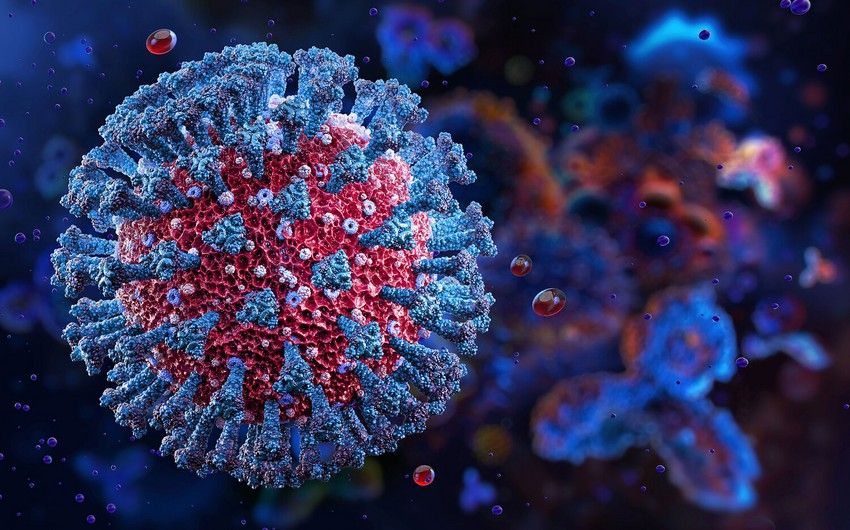Scientists find that COVID-19 affects the depths of lungs in unexpected way

By Alimat Aliyeva
American scientists from Northwestern University in Chicago have discovered how the COVID-19 coronavirus, SARS-CoV-2, enters the deeper parts of the lungs, Azernews reports.
Although it is known that SARS-CoV-2 attaches to healthy cells in the nose and throat to replicate, little is understood about how it spreads after entering the infected airways.
In a new study, scientists observed that the movement of mucus can help spread the COVID-19 pathogen within the respiratory tract, where it later forms aerosols that can infect others. Additionally, the virus travels through the mucus to reach the deeper parts of the lungs.
While mucus is generally thought to protect against infection by trapping and removing viruses and other particles, COVID-19 seems to exploit the mucosa to spread after infection.
According to the researchers, as funding for COVID-19 research begins to decline, this discovery may prove useful in the treatment of other viral diseases, such as HIV.
The researchers also pointed out that the mucous membrane of the lungs is very similar to the lining of the upper parts of the female genital tract, meaning that other viruses could use this environment in a similar way.
Here we are to serve you with news right now. It does not cost much, but worth your attention.
Choose to support open, independent, quality journalism and subscribe on a monthly basis.
By subscribing to our online newspaper, you can have full digital access to all news, analysis, and much more.
You can also follow AzerNEWS on Twitter @AzerNewsAz or Facebook @AzerNewsNewspaper
Thank you!
